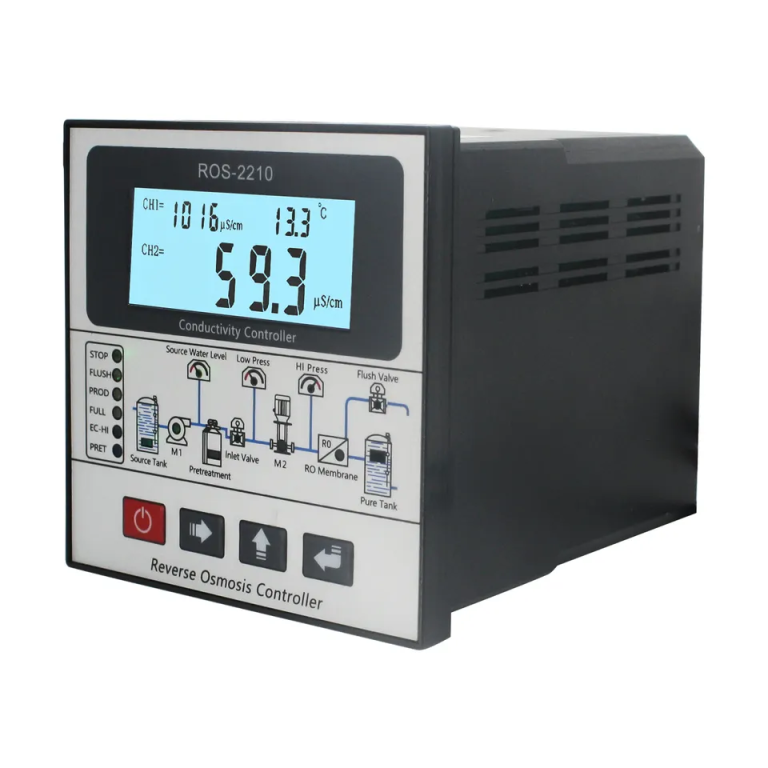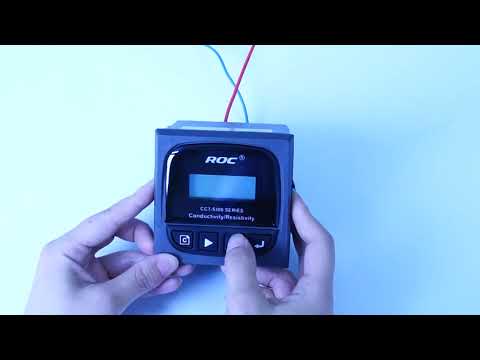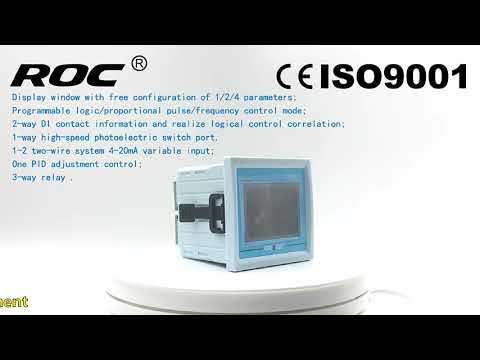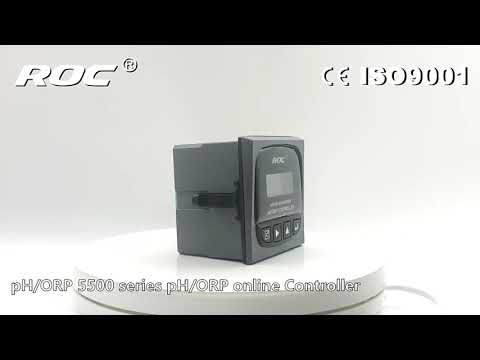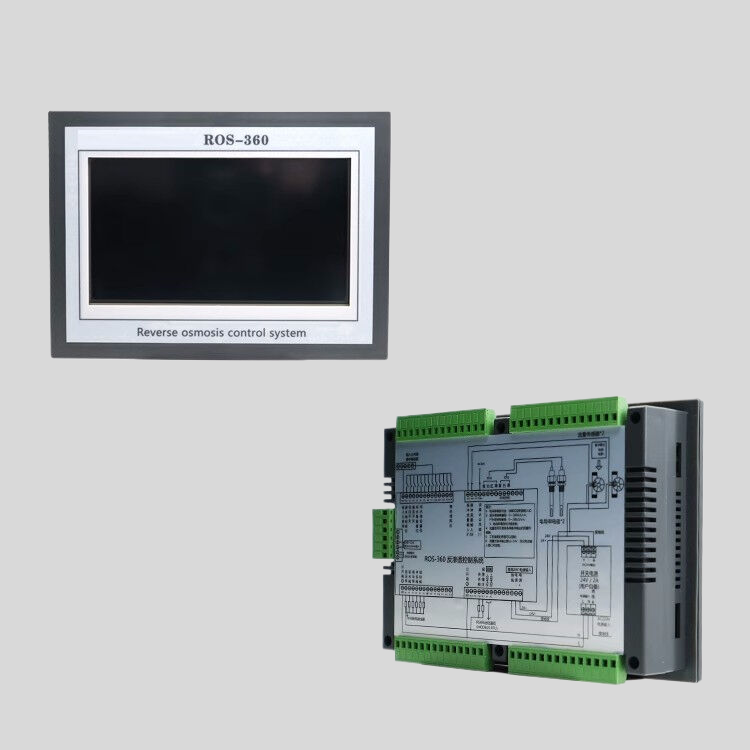Table of Contents
Importance of Proper Calibration for dissolved oxygen meters
Calibration of dissolved oxygen meter
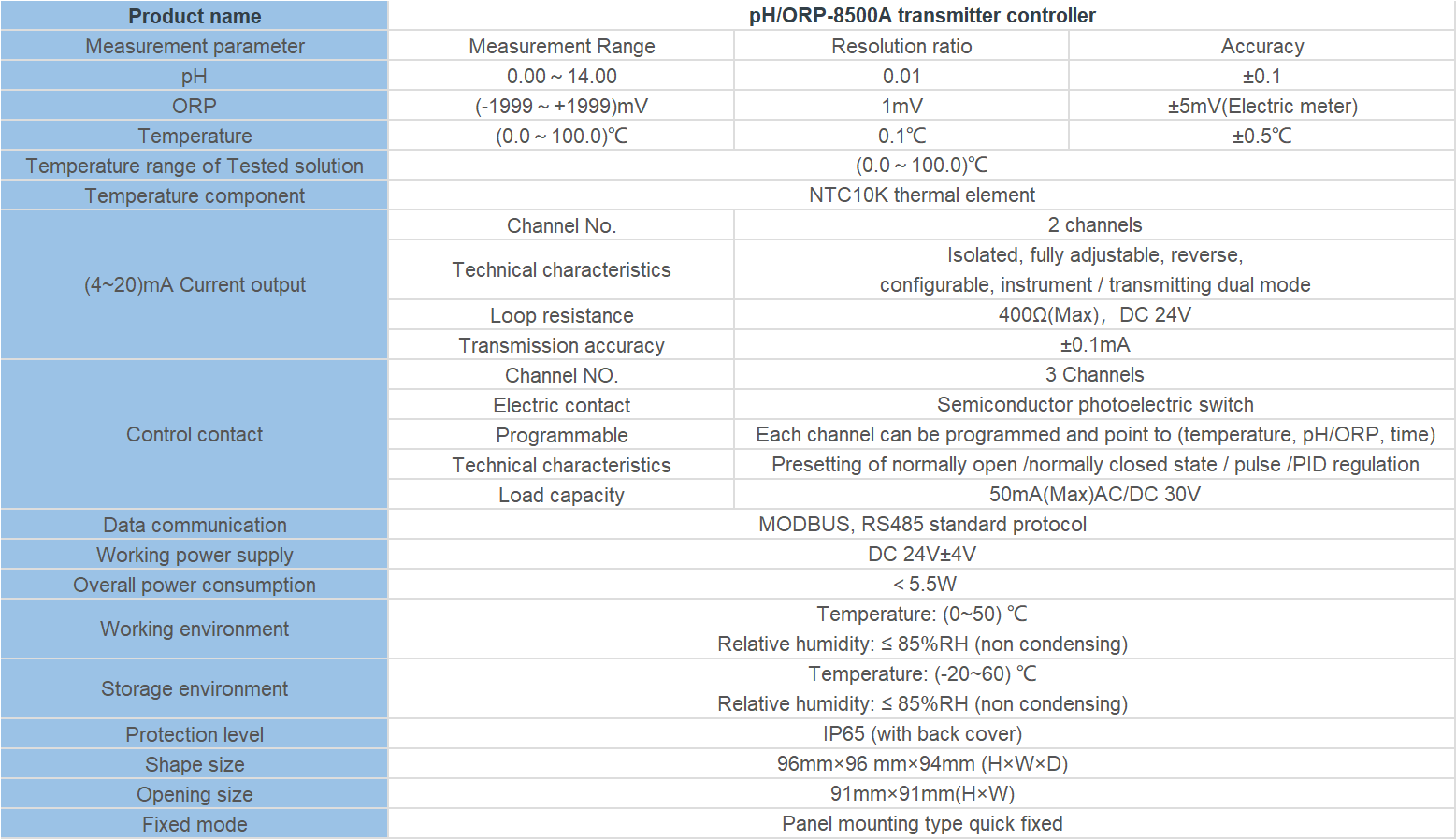
Dissolved oxygen meters play a crucial role in various industries, including environmental monitoring, aquaculture, and wastewater treatment. These devices measure the amount of oxygen dissolved in water, providing valuable insights into water quality and the health of aquatic ecosystems. However, to ensure accurate and reliable measurements, proper calibration of dissolved oxygen meters is essential.
| Measurement range | N,N-Diethyl-1,4-phenylenediamine (DPD) spectrophotometry | |||
| Model | CLA-7112 | CLA-7212 | CLA-7113 | CLA-7213 |
| Inlet channel | Single channel | Double channel | Single channel | Double channel |
| Measurement range | Free chlorine:(0.0-2.0)mg/L ,Calculated as Cl2; | Free chlorine:(0.5-10.0)mg/L ,Calculated as Cl2; | ||
| pH:(0-14);Temperature:(0-100)℃ | ||||
| Accuracy | Free chlorine:±10% or ±0.05mg/L(take the large value),Calculated as Cl2; | Free chlorine:±10% or±0.25mg/L(take the large value),Calculated as Cl2; | ||
| pH:±0.1pH;Temperature:±0.5℃ | ||||
| Measurement Period | ≤2.5min | |||
| Sampling interval | The interval (1~999) min can be set arbitrarily | |||
| Maintenance cycle | Recommended once a month (see maintenance chapter) | |||
| Environmental requirements | A ventilated and dry room without strong vibration;Recommended room temperature:(15~28)℃;Relative humidity:≤85%(No condensation) | |||
| Water sample flow | (200-400) mL/min | |||
| Inlet pressure | (0.1-0.3) bar | |||
| Inlet water temperature range | (0-40)℃ | |||
| Power supply | AC (100-240)V; 50/60Hz | |||
| Power | 120W | |||
| Power connection | The 3-core power cord with plug is connected to the mains socket with ground wire | |||
| Data output | RS232/RS485/(4~20)mA | |||
| Size | H*W*D:(800*400*200)mm | |||
Calibration is the process of adjusting the readings of a measuring instrument to match known standards. In the case of dissolved oxygen meters, calibration involves verifying the accuracy of the device by comparing its readings to those of a known standard solution. This process helps to correct any potential errors or drift in the instrument’s measurements, ensuring that the readings are precise and trustworthy.
Proper calibration of dissolved oxygen meters is critical for several reasons. Firstly, accurate measurements are essential for maintaining water quality standards and ensuring the well-being of aquatic organisms. Inaccurate readings can lead to incorrect assessments of oxygen levels, potentially harming fish and other aquatic life. By calibrating dissolved oxygen meters regularly, operators can ensure that their measurements are reliable and accurate.
| Model | pH/ORP-1800 pH/orp meter |
| Range | 0-14 pH; -1600 – +1600mV |
| Accuracy | ±0.1pH; ±2mV |
| Temp. Comp. | Manual/Automatic temperature compensation; No Comp. |
| Oper. Temp. | Normal 0~50℃; High temp 0~100℃ |
| Sensor | pH double/triple sensor; ORP sensor |
| Display | 128*64 LCD Screen |
| Communication | 4-20mA output/RS485 |
| Output | High/Low limit dual relay control |
| Power | AC 220V±10% 50/60Hz or AC 110V±10% 50/60Hz or DC24V/0.5A |
| Working Environment | Ambient temperature:0~50℃ |
| Relative humidity≤85% | |
| Dimensions | 96×96×100mm(H×W×L) |
| Hole Size | 92×92mm(H×W) |
| Installation Mode | Embedded |
Additionally, calibration helps to identify and correct any drift or changes in the instrument’s performance over time. Like all measuring devices, dissolved oxygen meters can experience drift due to factors such as temperature changes, exposure to contaminants, or normal wear and tear. Regular calibration allows operators to detect and correct these deviations, ensuring that the device continues to provide accurate measurements.
Calibration also plays a crucial role in quality control and regulatory compliance. Many industries, such as aquaculture and wastewater treatment, are subject to strict regulations regarding water quality standards. Properly calibrated dissolved oxygen meters are essential for meeting these regulatory requirements and demonstrating compliance with environmental standards. Failure to calibrate these devices can result in inaccurate data, potential fines, and damage to the environment.
To calibrate a dissolved oxygen meter, operators typically use calibration solutions with known oxygen concentrations. These solutions are used to verify the accuracy of the meter’s readings and make any necessary adjustments. Calibration should be performed regularly, following the manufacturer’s guidelines and best practices to ensure optimal performance.
In conclusion, proper calibration of dissolved oxygen meters is essential for accurate measurements, maintaining water quality, and ensuring regulatory compliance. By calibrating these devices regularly and following best practices, operators can ensure that their measurements are reliable and trustworthy. Regular calibration helps to identify and correct any deviations in the instrument’s performance, ensuring that it continues to provide accurate data. Overall, calibration is a critical step in the proper maintenance and operation of dissolved oxygen meters in various industries.
Step-by-Step Guide to Calibrating Your Dissolved Oxygen Meter
Calibrating your dissolved oxygen meter is a crucial step in ensuring accurate measurements of oxygen levels in water. Proper calibration helps maintain the reliability and precision of your meter, which is essential for various applications such as aquaculture, environmental monitoring, and water quality assessments. In this step-by-step guide, we will walk you through the process of calibrating your dissolved oxygen meter to help you achieve accurate and dependable results.
To begin the calibration process, you will need a dissolved oxygen calibration kit, which typically includes calibration solutions of known oxygen concentrations. These solutions serve as reference points for calibrating your meter. It is important to use fresh calibration solutions and ensure they are stored properly to maintain their accuracy.
The first step in calibrating your dissolved oxygen meter is to prepare the calibration solutions according to the manufacturer’s instructions. Make sure to label each solution clearly to avoid any confusion during the calibration process. Once the solutions are prepared, allow them to equilibrate to the temperature of the water sample to ensure accurate readings.
Next, turn on your dissolved oxygen meter and allow it to warm up for the specified time recommended by the manufacturer. This step is crucial to ensure that the meter is functioning properly before calibration. Once the meter is ready, immerse the sensor into the first calibration solution and wait for the reading to stabilize. Compare the reading on the meter to the known oxygen concentration of the calibration solution.
If there is a discrepancy between the meter reading and the known concentration of the calibration solution, you will need to adjust the calibration of the meter. Most dissolved oxygen meters allow for manual calibration adjustments using a screwdriver or a calibration knob. Follow the manufacturer’s instructions to make the necessary adjustments until the meter reading matches the known concentration of the calibration solution.
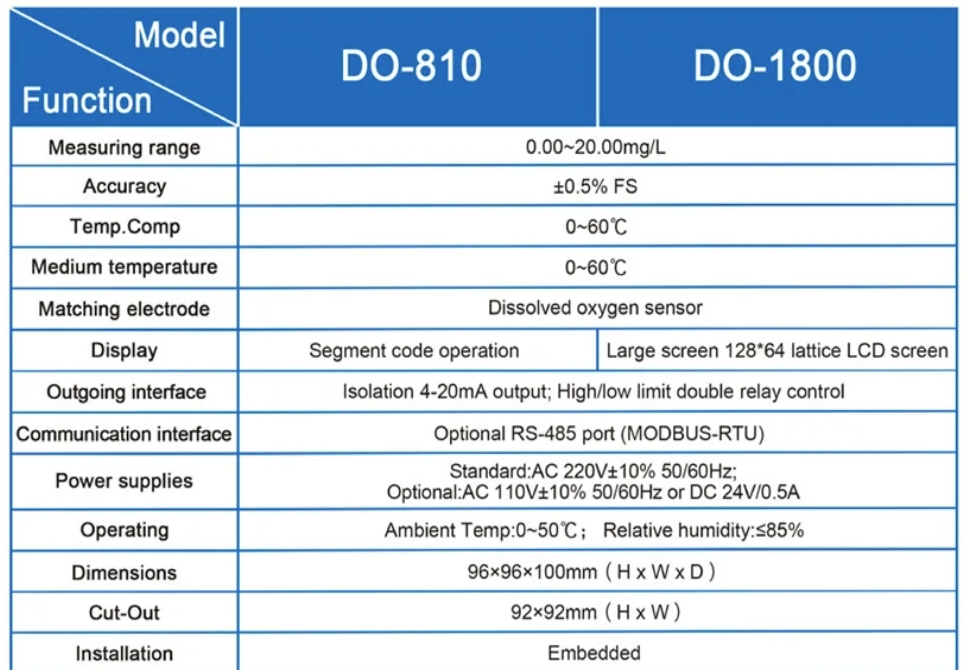
Once you have calibrated the meter with all the calibration solutions, rinse the sensor again with deionized water to remove any traces of the calibration solutions. Finally, perform a final check by immersing the sensor in a clean water sample and verifying that the meter reads close to 100% saturation, indicating that the calibration was successful.
In conclusion, calibrating your dissolved oxygen meter is a critical step in maintaining the accuracy and reliability of your measurements. By following this step-by-step guide and using fresh calibration solutions, you can ensure that your meter provides precise readings for your water quality assessments and other applications. Regular calibration of your meter is recommended to ensure consistent and dependable results.

